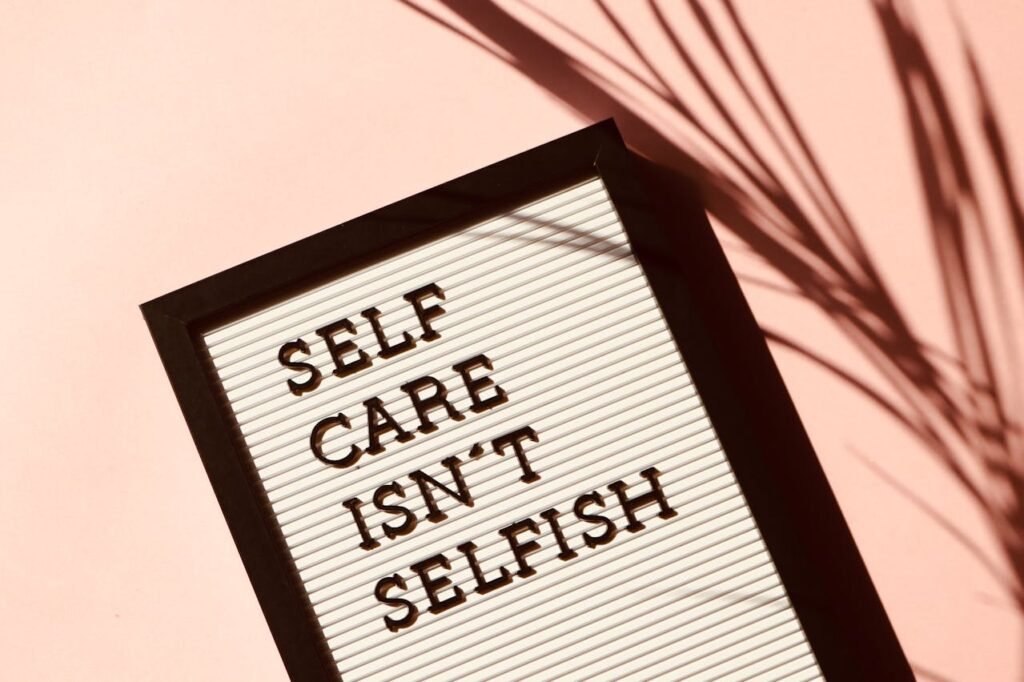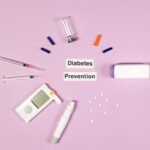Unexpected health emergencies—natural disasters, pandemics, or personal medical crises—require preparedness to minimise harm and ensure continuity of care. Proactive planning enhances resilience at individual, family, and community levels. This article outlines key components of emergency health preparedness and actionable steps for readiness.
Understanding Health Emergencies
Types of Crises:
- Natural Disasters: Floods, heatwaves, storms, earthquakes.
- Public Health Emergencies: Pandemics (e.g., COVID-19), bioterrorism.
- Personal Medical Crises: Severe allergies, chronic disease exacerbations, accidents.
Impacts: Disrupt healthcare access, cause medication shortages, and increase psychological stress.
Personal Emergency Plan
Medical Information:
- Maintain an up-to-date list of medications, allergies, chronic conditions, and healthcare contacts.
- Store digital and printed copies accessible in emergencies.
Medication Management:
- Keep a 7–14 day supply of essential medications in a waterproof, labelled container.
- Use medication reminder apps and transfer prescriptions early during crises.
First Aid Knowledge:
- Complete First Aid and CPR training through St John Ambulance or British Red Cross.
- Maintain a well-stocked first aid kit with supplies for common emergencies.
Emergency Supplies Kit
- Water: 3 litres per person per day for at least 3 days.
- Food: Non-perishable items (canned goods, energy bars) for at least 3 days.
- Medications and Hygiene Supplies: Personal prescriptions, hand sanitizer, sanitary pads.
- Communication Tools: Battery-powered radio, portable charger, blank contact list.
- Clothing and Bedding: Warm clothing, blankets, sturdy shoes.
- Documents: IDs, insurance papers, emergency contacts, stored in waterproof bags.
Family and Community Communication
Emergency Contacts:
- Establish an out-of-area contact person.
- Create a communication plan outlining meeting points and methods.
Support Network:
- Coordinate with neighbours and community groups for mutual assistance.
- Identify neighbours with medical training or special equipment (e.g., generators).
Navigating Healthcare During Crises
Telemedicine:
- Register for telehealth services to maintain continuity of care when clinics are inaccessible.
- Know how to contact local healthcare providers remotely.
Vaccination and Prevention:
- Stay up to date with recommended vaccines (influenza, COVID-19) through NHS Vaccination Services.
- Practice hygiene measures and understand public health advisories.

Psychological Preparedness
Stress Management:
- Learn relaxation techniques (deep breathing, mindfulness).
- Maintain social connections and support networks.
Resource Awareness:
- Identify mental health hotlines such as Samaritans (116 123) and PAPYRUS for youth support.
Special Considerations
Children: Tailor kits with child-friendly items (comfort toys, appropriate medications).
Elderly and Disabled: Ensure mobility aids, accessibility of supplies, and caregiver plans.
Pets: Include pet food, medications, and identification records.
Community-Level Preparedness
Local Emergency Plans:
- Participate in community drills and awareness programmes.
- Know evacuation routes and shelter locations.
Public Health Collaboration:
- Engage with local health authorities for updates and guidance.
- Volunteer with organisations like the Red Cross to support vulnerable populations.
Conclusion
Emergency health preparedness requires proactive planning, resource management, and community collaboration. Individuals and families can mitigate risks by maintaining essential supplies, updating medical information, and establishing communication plans. Communities that foster engagement, education, and coordinated response efforts enhance resilience and safeguard wellbeing during health crises.






